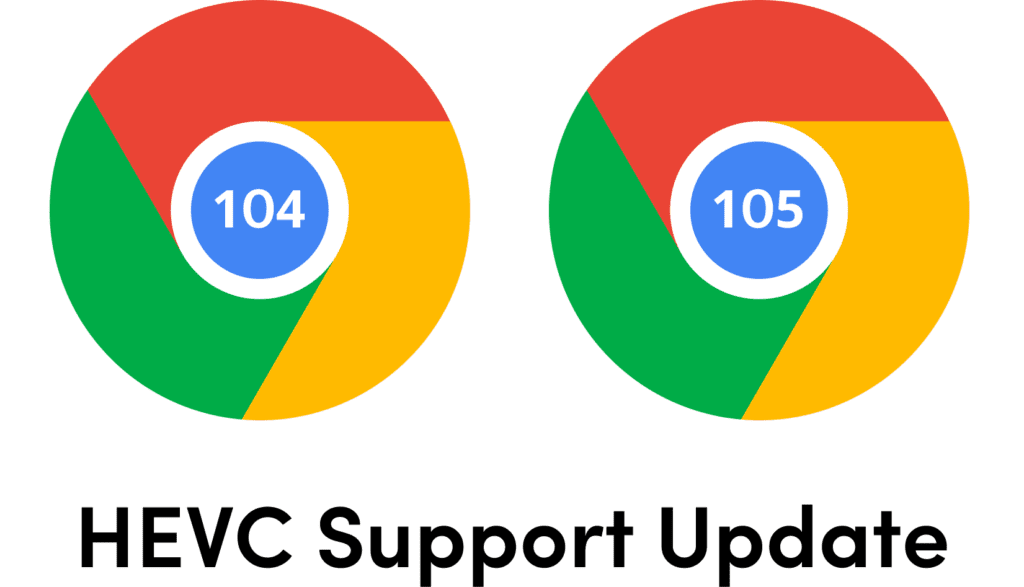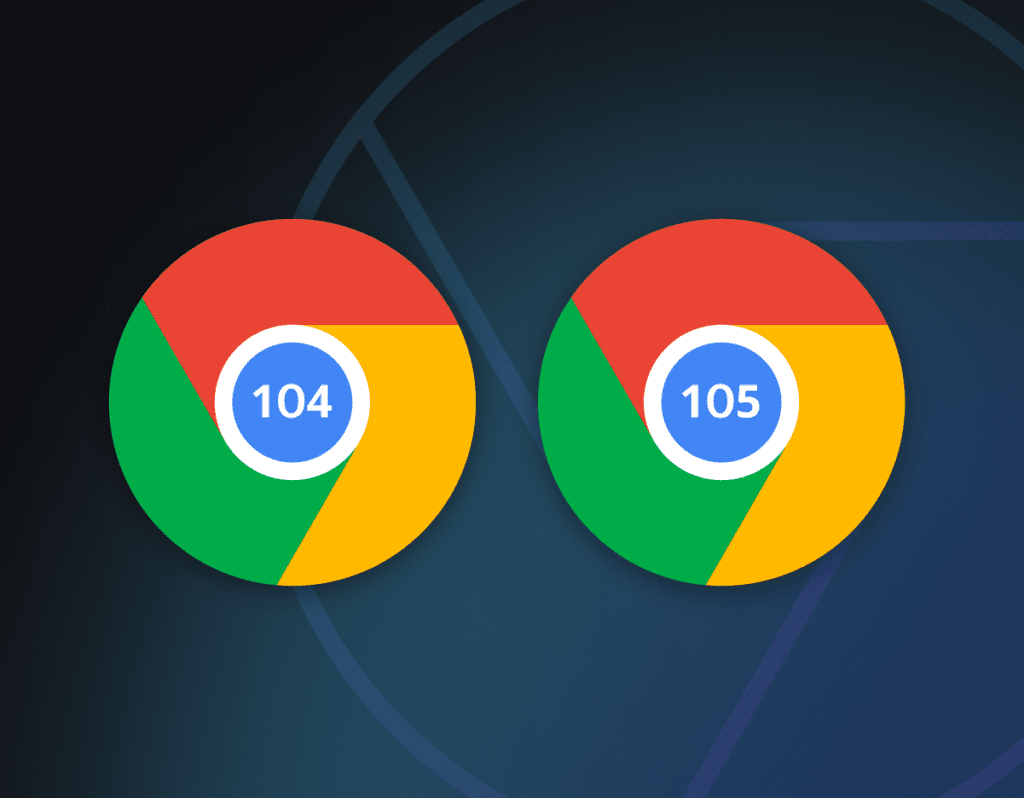
Quietly, without any announcement or updates on support pages, Google fixed a bug in Chrome with a significant implication for the video streaming industry: Support for adaptive streaming of HEVC/H.265 video content has finally been enabled!
Thanks to Bitmovin (Humble Brag, just kidding), we submitted a bug report about 6 years ago about this very thing. After a “small” bit of waiting, we got the answer that It’s now officially supported for Chrome 104, and with a little investigation also found out that it’s enabled by default for Chrome 105 for all platforms, ready to be used in the wild.
Why does support for HEVC matter?
High-Efficiency Video Coding (HEVC) provides better compression for files than the ubiquitous AVC/H.264, meaning you will be able to stream the same quality with lower bandwidth and big savings on CDN costs with the added bonus of improving the user experience.
While HEVC is commonly used for serving content to Smart TVs, set-top boxes, and devices like Roku and Fire TV, its usage on mobile and desktop browsers was limited to just Safari for a long time (after Microsoft changed the Edge browser to being Chromium-based). With Safari’s market share still below 19% globally, the vast majority of users had no choice but to use another codec. However, with this latest change from Google, Chrome’s market share of more than 65% can be “theoretically” added to the HEVC-capable browsers, making it available to 84% of browser users.
I say “theoretically”, as there’s often a caveat: HEVC is only supported if the underlying device has an HEVC hardware decoder.
Today’s modern devices should already have that as standard, but reliable global data on this point are scarce. If you are curious to see if your device can play HEVC-encoded DASH and HLS streams, open our stream test page with an HEVC-encoded DASH and HLS URL, or you can use this example URL.
Does is also work with DRM?
That’s where the catch is, unfortunately. The biggest drawback is that HEVC with Widevine DRM is not supported at this point, only clear, unprotected content. It’s unclear whether Google has plans to add support for this in the future or not.
Great feature, but where is the necessary hype!?
While this sounds like a feature Google should be boasting about to the moon over their comms channels, they haven’t really updated their documentation. In fact, Chromium’s Audio/Video codec & container support page was not updated as of the writing of this article, and the popular caniuse.com still lists HEVC as unsupported.
Android already supported HEVC, but Chrome on Android only supported HEVC with progressive files, not via the Media Source Extension (MSE) API, which is used for adaptive streaming like DASH or HLS. After little movement for years from Google, the bug finally got picked up earlier this year and fixed. So despite the original scope being just Android, it was a very positive surprise to see HEVC support enabled and rolled out on all Chrome platforms. Now, we just need to see DRM supported along with it!




